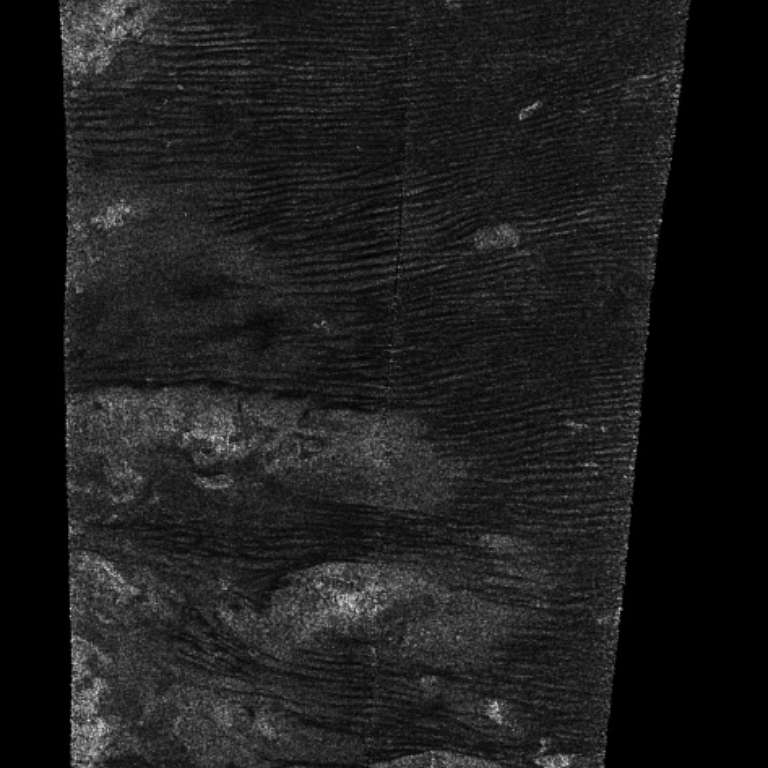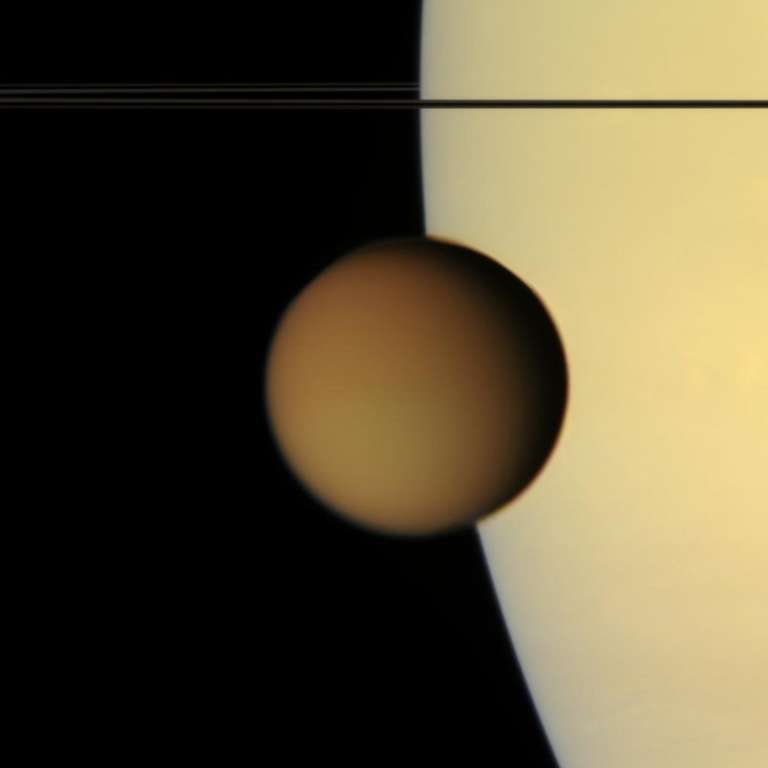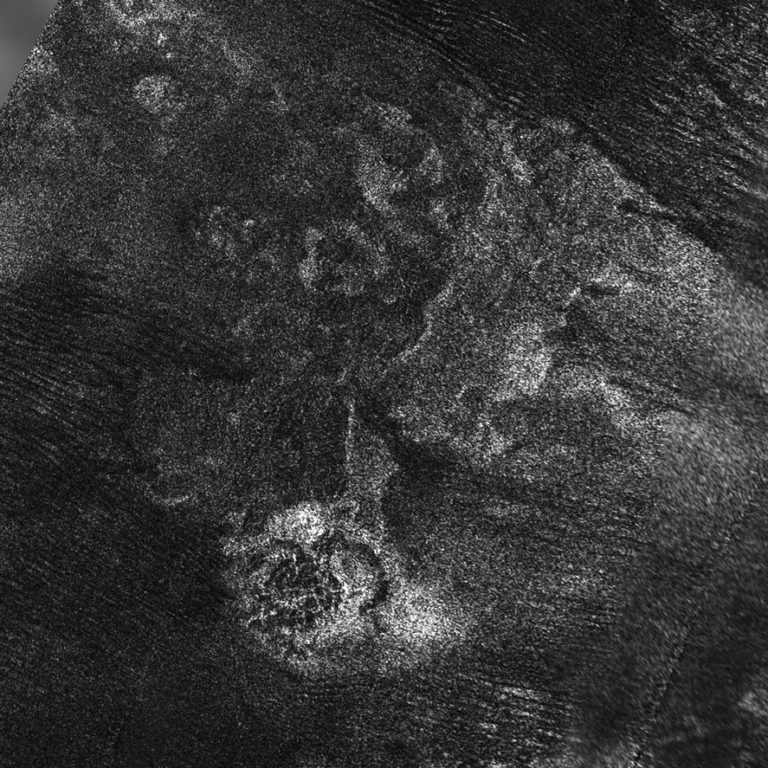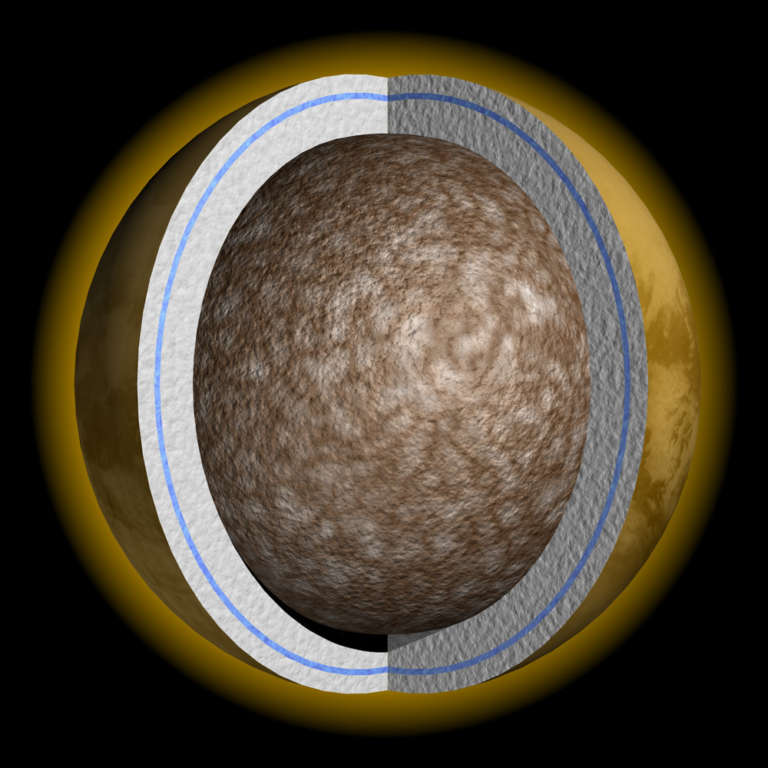All
All
Stories, updates, insights, and original analysis from The Planetary Society.
Evidence for rain on Titan
Last week, Zibi Turtle and Jason Perry and a dozen other coauthors published a paper in Science discussing evidence for rain on Titan.
Mercury: a moon-scale body
As I wait for the MESSENGER Mercury Orbit Insertion webcast to start, I thought I'd fiddle with some images to point out that Mercury is a bridge between the scales of planets and the scales of moons.
LPSC 2011: Wanted: Pioneer 10 & 11 digital data
This is both a Lunar and Planetary Science Conference (LPSC) update and a public service announcement. Ted Stryk has been working for years to locate the original Pioneer 10 and 11 image data from the Jupiter and Saturn encounters.
Bye bye, Kodachrome, but "Kodak moments" will live on in space
This week is the end for Kodachrome film. It's a casualty of the digital revolution.
Door 20 in the 2010 advent calendar (special news update)
Time to open the twentieth door in the advent calendar. Where in the solar system is this diffuse blob and stripy sea?
365 Days of Astronomy Podcast: What's in a Science Meeting?
Today the 365 Days of Astronomy podcast aired my contribution, What's in a Science Meeting?, about what scientists do at big meetings like the Division of Planetary Sciences.
Pretty picture: Three moons of Saturn
The Cassini Raw Images Website always offers rewards to the browser. This evening I found the raw images necessary to create this color composite, showing the hazy orange moon Titan, the mid-sized icy moon Dione, and the tiny rock Prometheus all at the same time.
Voyager Mission Status Bulletins: Jupiter and Saturn
Last week I posted a stack of Voyager Mission Status Bulletins, which were once the main resource for space enthusiasts to follow the dramatic events and photos of an in-flight space mission.
Decoding a Titan crater
In response to Emily's entry about finally getting her hands on a subscription to the planetary science journal Icarus, I thought I would report on an article from the most recent issue: Geology of the Selk crater region on Titan from Cassini VIMS observations, by Jason Soderblom and 11 other scientists.
How to Recognize Titan from Quite a Long Way Away
You know, I could fill this blog almost entirely with the amazing images that Gordan Ugarkovic locates, processes into prettiness, and uploads to his Flickr account.
Titan's rivers are square
There's a new
The most amazing image of Enceladus Cassini has captured yet
Every time I think Cassini has captured the coolest image of Enceladus ever, it does better.
Radar glories in Titan rivers
Wow, this is a cool paper. Here's the gist: the Cassini RADAR team has spotted some river channels on Titan that shine so brightly in radar images, there must be something special going on to explain that brightness.
Titan and Dione: The same, but different
Here's a new lovely color composition of Titan and Dione captured by Cassini. This one was taken on April 20, 2010; a set of 15 raw images taken of the two moons just showed up on the Cassini raw images website.
Hey, I'm on APOD today!
A big thanks to Bob Nemiroff, editor of NASA's Astronomy Picture of the Day website, for picking my composition of a set of Cassini photos of Dione and Titan for today's offering.
A calming Titan
Usually I like Mondays, but today I'm feeling a bit overwhelmed. When I get overwhelmed, I look at pictures from Cassini.
Dione and Titan
It's axiomatic that as soon as I post about pretty Cassini pictures, another set of pretty photos will appear on the raw images website.
A feast of pretty pictures from Cassini
Cassini has it almost too easy. Point at anything in the Saturn system and you're guaranteed of a shot that looks, at least, pretty.
A trio of pretty Cassini pics
It's been a little while since I posted any Cassini pictures just because they were pretty, so here's a few recent ones, produced by amateurs from the images available on the Cassini raw images website.
Titan: Callisto with weather
It's the second time I've posted with this provocative title. This time, it's in response to a new paper published last week in Science.


 Explore Worlds
Explore Worlds Find Life
Find Life Defend Earth
Defend Earth


 Sun
Sun Mercury
Mercury Venus
Venus Earth
Earth Mars
Mars Jupiter
Jupiter Saturn
Saturn Uranus
Uranus Neptune
Neptune Small Bodies
Small Bodies

















